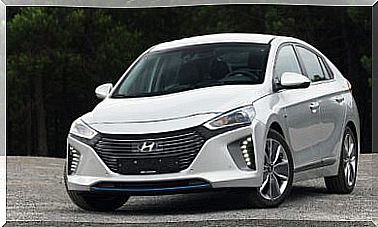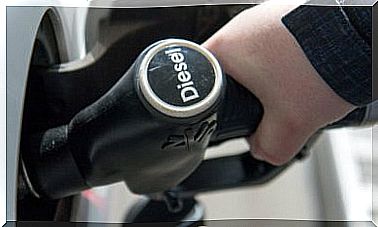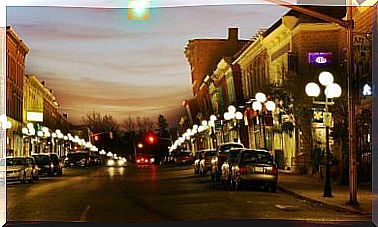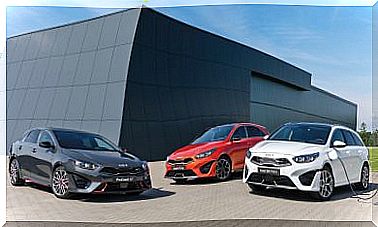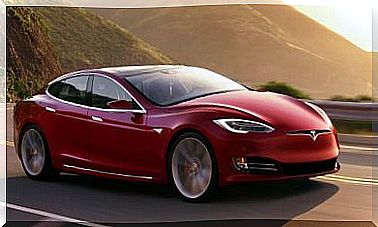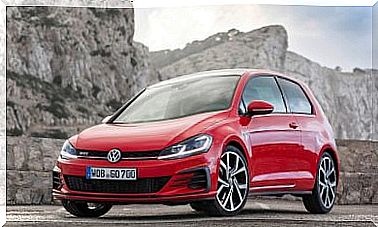How Do We Classify The Categories For Cars?

Technological diversification has brought with it an increase in the number of car categories. Rating a car until the end of the 20th century was a relatively simple task. Nowadays, the proliferation of more and more adjectives to identify certain models, can generate confusion in many people.
But there is more: many cars share characteristics and functionalities of more than one automotive segment. This is how terms such as Crossovers or Minicompacts have emerged. And, in many cases, it is small details that end up making big differences.
Sorting by size
This is perhaps the most basic way of defining categories for cars, which does not imply that it is free from inaccuracies. Starting from this principle, the categorization is as follows:
Micro cars
They are also known as microcar; as their name indicates, they are very small vehicles. Sometimes they can be located halfway between a moped and a car proper. It uses engines with less than a liter of capacity and space for two passengers.
Little ones
They offer space to comfortably transport four passengers. They are usually coined the epithet of economic, although this term does not apply to all small vehicles; there are also larger models that qualify as cheap.
In any case, this distinction is not due to low fuel consumption, but to an economy of materials and finishes.
Medium
Among these measures, the compact ones stand out , although they are not the only ones present. (Not all compacts are midsize either.) They are vehicles with space for five crew members and bodies of three, four or five doors.
Family
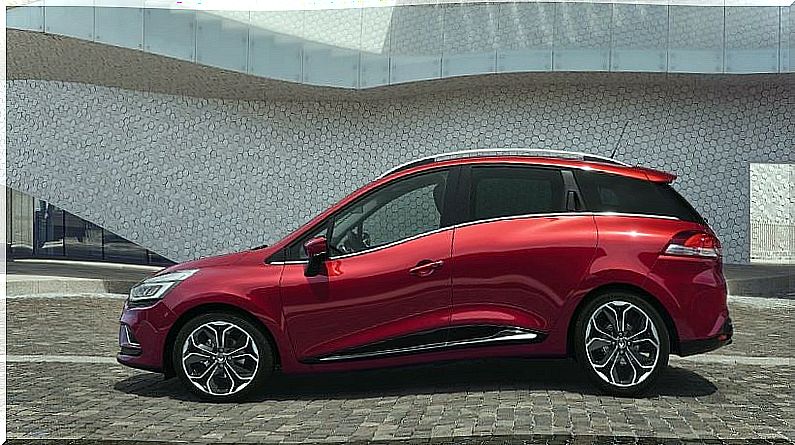
They are designed to meet the demands for space and comfort of families with children and offer spaciousness in the passenger compartment and in the boot. Most saloons fall into this category.
Minivan
They have up to eight seats in a single environment (minivan). Designed for family trips or groups of friends; They are taller and longer than estate cars, so they tend to offer better visibility to the driver. Models with capacity for more than nine passengers are called Minibus.
Categories for cars, according to their use
Either to move from one side to the city or to travel the entire country by car, also to get off the road and even to cross rivers. There are vehicles for private use that adapt to each situation. Again, the appearance of ‘multi-purpose’ models can lead to some confusion.
Urban
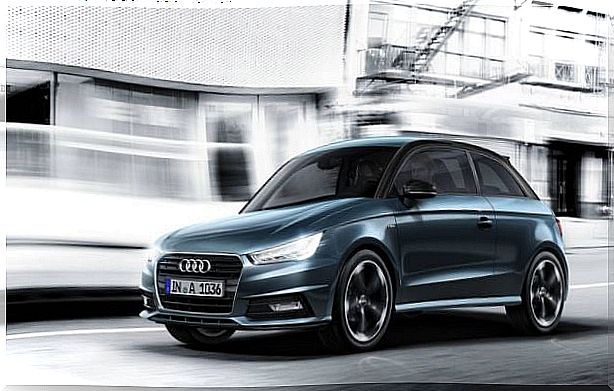
Its design seeks to satisfy the needs of circulation in large metropolises. Comfort – and some luxuries, depending on the model and brand – for streets, avenues and heavy traffic. But above all, easy to park almost anywhere.
sightseeing
Although they are cars that can function very well in urban life, they are designed for longer trips, on fast roads and highways, highways and highways.
Both for small families and larger groups, it is one of the broadest car categories. It includes models with two or three rows of seats, with space for five, seven and up to nine passengers, in addition to luggage.
Executives
They are cars that, as standard, come equipped with all luxury and with the latest technology. There are compact models, of medium dimensions. There are also large saloons, with large interior space.
Sports
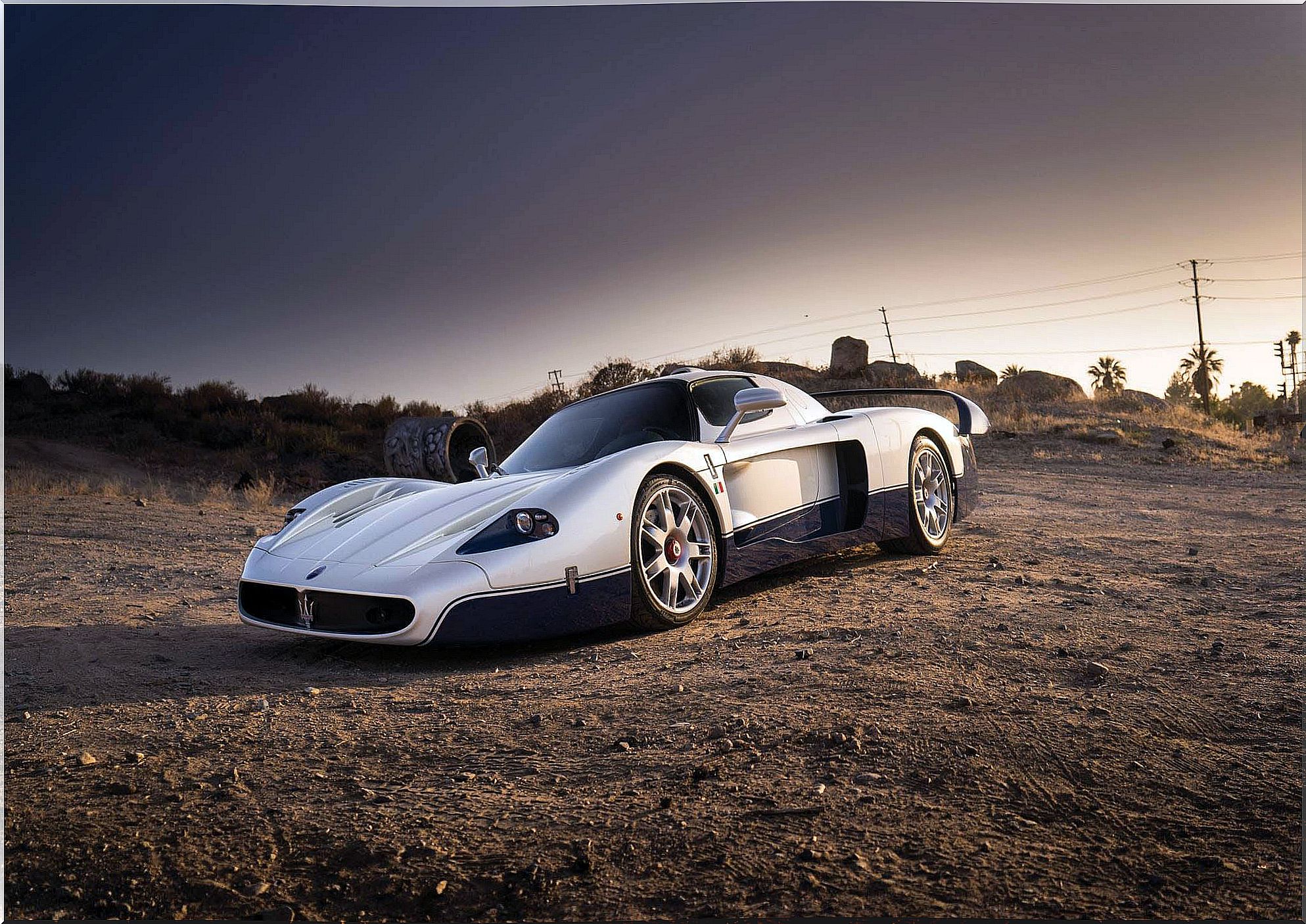
Along with executives, they represent the highest end of the automotive industry. They stand out mainly for two characteristic features. On the one hand, aerodynamic design that differentiates it from the rest of the cars; in addition, extremely powerful engines, with great acceleration and capable of reaching the highest speeds.
SUVs, SUVs and Crossovers
Among all the categories for cars, this is perhaps the one that generates the most confusion. And is that many of the models that are included in any of these three sections, at first glance, are very similar to each other.
Todorrenos
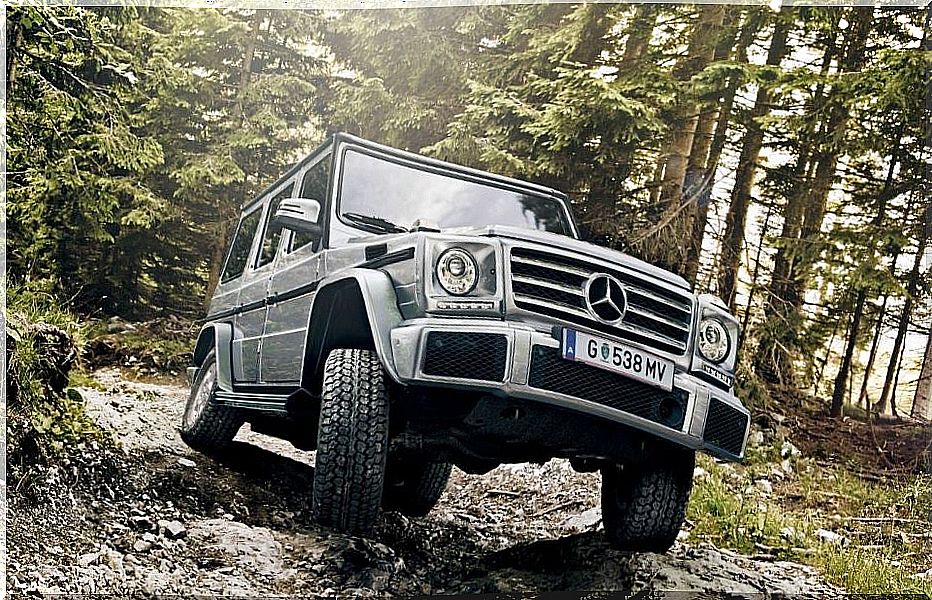
This is the classification for cars that has remained more “pure” over time. Adding in all the technological developments of recent years, a mid-20th century off-road car and a 2017 model, they are designed with the same purposes: off-road adventures.
Crossovers
In appearance, it is an off-road car, but in essence it is nothing more than a warrior-looking car. Although there are 4 × 4 models, their equipment does not allow them to travel very far from the asphalt. But thanks to their robust image, they are very successful models within the female audience.
SUVs
Also known as SUVs, they are located halfway between an off-road and a crossover. The appearance and certain strength of the former, but closer to the luxuries and the “finesse” of the latter. They can survive off road experiences, but never like a classic 4 × 4.
